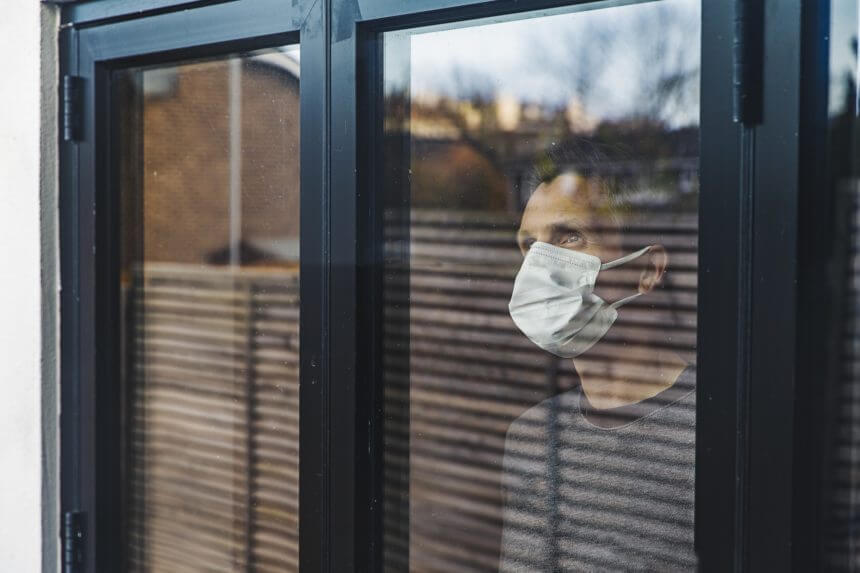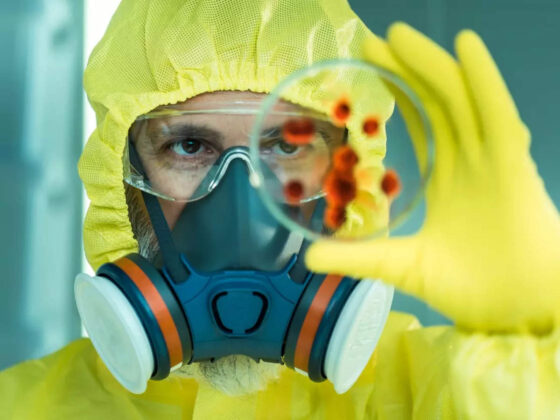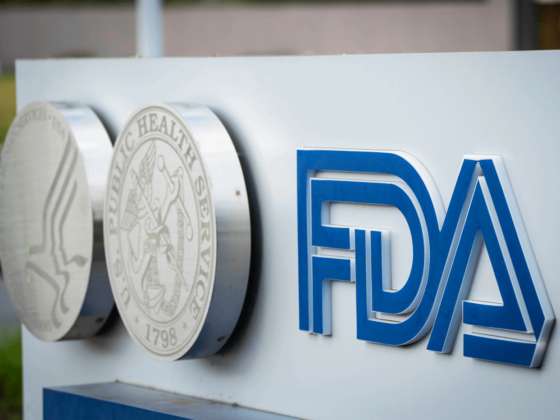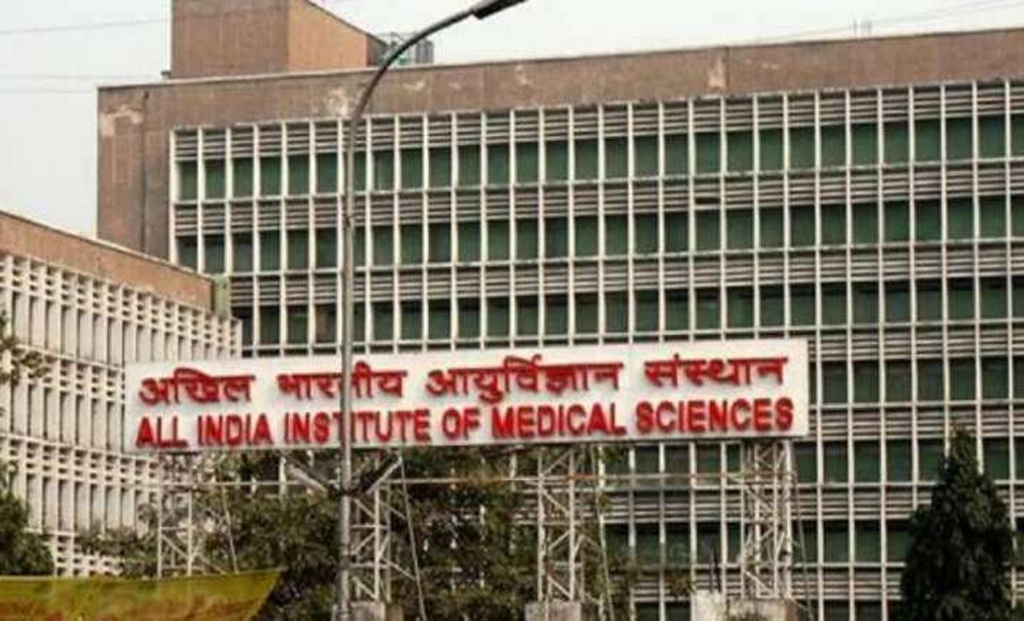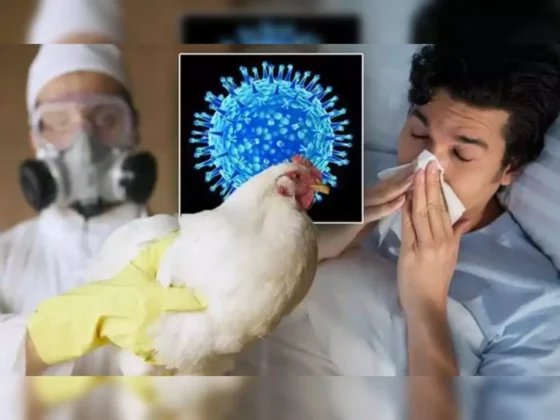 Dr. Thomas Joseph Kishen, Consultant – Spine Surgery, Spine Care, Manipal Hospital Old Airport Road.
Dr. Thomas Joseph Kishen, Consultant – Spine Surgery, Spine Care, Manipal Hospital Old Airport Road.
A normal spine appears straight when observed from the back. Scoliosis (derived from Greek word – skolios – meaning crooked) refers to an abnormal sideward curvature of the spine. In addition to the sideward bend in the spine, some amount of rotation of the spine is also present. The sideward bend and rotation lead to a prominence of the ribs on one side of the back and an asymmetry of the waist and shoulders. On the other hand, an abnormal forward bend of the spine is called kyphosis (hunch-back).
Scoliosis is seen in 2-3 % of the population and is more common in girls (especially Idiopathic scoliosis). However, the proportion of children with scoliosis who will eventually require surgery is small. The curve may be seen at birth or early infancy or may start after the age of 10 years. Rapid progression of the curve (increasing magnitude of the curve) is likely during the “growth spurt” that occurs at two stages – infantile growth spurt – between birth-2 years and the adolescent growth spurt – between 10-14 years of age. Scoliosis in children is not usually associated with pain or restriction of activity. Although less common, scoliosis can also occur in adults of all ages.
Cause of scoliosis:
- Congenital Scoliosis – Congenital scoliosis is caused by birth defects in the development of the spinal bones (vertebrae). Congenital scoliosis may also be associated with birth defects in the heart, urinary system and spinal cord. Children with congenital scoliosis may have a tuft of hair or a dimple over the lower spine which indicates an anomaly of the spinal cord.
- Idiopathic Scoliosis – Although Idiopathic scoliosis is the commonest type of scoliosis, the exact cause is unknown. This condition is seen most commonly in adolescent girls.
- Others – Scoliosis associated with certain disorders of the neuromuscular system and connective tissue. Example – Marfans syndrome, Neurofibromatosis, muscular dystrophy.
How to identify scoliosis:
Early identification of scoliosis enables early initiation of treatment. The signs that indicate the presence of scoliosis are a) Unequal shoulder height, b) rib cage asymmetry on bending forward, c) asymmetrical waist creases.
If a suspicion of scoliosis is present, an xray of the spine will help to confirm the diagnosis. It is ideal to obtain an xray of the whole spine (neck – lower end of spine) in the standing position. If the xray shows the spine to be abnormally curved, it is advisable to consult a spine specialist.

Treatment of scoliosis
The treatment options depend on the cause of the scoliosis, age of the patient, size and progression of the curve. The options can be broadly divided into three groups –
- Observation (regular follow-up with xrays) – If the curve is of a small magnitude (<30 degrees) in a growing child or if the curve is of moderate severity (< 40-45 degrees) after completion of growth, regular xrays and clinical examination will help to ascertain whether the curve is progressing or getting worse.
- Bracing- Bracing aims to limit the progression of the curve and in some instances may correct the curve over time. Bracing is only indicated in growing children with curves less than 30-40 degrees and is of no benefit in older children or children with larger curves (>45 degrees). The brace is custom-made and has to be worn all day and removed only during bath-time. Children in a brace can go to school and take part is sports and other activities.
- Surgery – Surgery is recommended for large and progressive (worsening) curves or for cosmetic purposes. The aim of surgery is to stop progression and obtain a balanced spine and complete curve correction is not always necessary. Surgery may be performed on the front of the spine (through the chest wall or abdomen), back of the spine or both. Currently, most scoliosis surgeries are performed from the back of the spine. The surgery involves insertion of metal screws, hooks or wires into the spine which are then connected with rods. Bone graft is then placed over the spinal bones (laminae) to obtain a bony fusion. With modern implants, bracing is usually not required after surgery. The screws and rods do not require to be removed and can remain inside the body for life.
The use of special equipment to monitor the condition of the spinal cord and nerves (Intra-operative neuro-monitoring equipment) during surgery has made scoliosis surgery safe. Most children are able to walk within 2-3 days after surgery and can leave the hospital within 5-7 days and return to school after six weeks. However, bending, heavy lifting and sports should be resumed only after six months. Following scoliosis surgery, children are able to lead a normal life and participate in all day-to-day activities including sports. They can also lead a normal family life as adults. A yearly review is required until adulthood (Age: 18 years).
With modern equipment and skills, surgery can be performed at any age (usually after 3 years of age) and hence it is not necessary for children to become older as this may lead to a significant increase in the magnitude of the curve.
What happens if the scoliosis is left untreated?
If left untreated, some curves progress relentlessly leading to a disfiguring appearance, back pain, difficulty in breathing and heart problems. Hence, early recognition, assessment and treatment are essential.
Does physiotherapy and exercises help?
Exercises may help in maintaining a supple and flexible spine but may not have any effect on the natural history of the condition.
Who should you consult for your treatment and surgery?
Scoliosis surgery is a highly specialized surgery and is performed only in a few hospitals. Surgeons trained in scoliosis surgery who have access to a paediatric intensive-care unit (ICU) and intra-operative neuromonitoring equipment can perform these complex surgeries safely. Hence, prior to undergoing surgery, please enquire for a spine specialist trained in scoliosis surgery and find out whether the hospital has a paediatric ICU and is equipped with intra-operative neuromonitoring equipment.
How should a child prepare for surgery?
Respiratory infection, cough, urinary infection, skin infection and fever should be treated and cured before surgery. A diet rich in proteins and vitamins before surgery will enhance wound healing and reduce the risk of infection. The use of commercially available protein supplements is also helpful in addition to home-cooked food. Regular breathing exercises and brisk walking prior to surgery will also strengthen the body to withstand the surgery.



